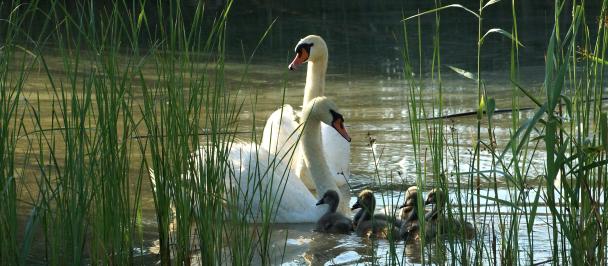The Ministry of Ecology and Natural Resources and UNDP have successfully completed the next stage of reintroduction of kulans to the Ile-Balkhash Reserve
October 18, 2024

The Ministry of Ecology and Natural Resources of the Republic of Kazakhstan, in cooperation with the UN Development Programme (UNDP), has successfully completed the next stage of the kulan reintroduction as part of the Turan tiger habitat restoration initiative. This month, more than 40 kulans were transported from Altyn Emel National Park to the Ile-Balkhash Reserve. In 2022, as part of this initiative, the first 60 kulans were relocated and successfully adapted to their new environment.
The kulan disappeared from Kazakhstan in the 1930s. To restore the population of this species, a long-term reintroduction project was implemented in several stages. Between 1953 and 1961, 14 kulans were transported to Barsa-Kelmes Island from the Badkhyz Nature Reserve in Turkmenistan. When their population on the island reached 200, the next stage—moving them to the mainland—began. This is how the kulans ended up in Altyn Emel National Park, where the restored population has become one of the most successful cases in the world regarding the reintroduction of wild odd-toed ungulates and currently represents the largest free-ranging population of kulans.
Today, in South Balkhash, the initiative to reintroduce the Turan tiger is being implemented within the territory of the Ile-Balkhash State Nature Reserve. In this context, extensive efforts are being made to create its food base, including the kulan reintroduction. The project is being implemented by UNDP and the Committee for Forestry and Wildlife of the Ministry of Ecology and Natural Resources. As part of the project, in 2022, 60 kulans were transported.
“The reintroduction of kulans from Altyn Emel State National Park to the Ile-Balkhash and Altyn Dala reserves is another step in the efforts of the Committee for the Conservation and Restoration of Biodiversity. The clear implementation of all scheduled action plans for the reintroduction of rare animal species, along with the support of our partners—UNDP and the Kazakhstan Association for the Conservation of Biodiversity—creates a robust basis for future environmental initiatives and the country’s achievements in restoring the ecosystem and returning lost biodiversity,”noted Daniyar Turgambayev, Chairman of the Committee for Forestry and Wildlife of the Ministry of Ecology and Natural Resources of the Republic of Kazakhstan.
Reintroduction is not only a process of transportation but also involves diligent post-relocation care and monitoring of the animals. The Ile-Balkhash State Nature Reserve aims to provide care and feeding for the transported kulans for the next six months before they are released into the wild. In addition, as part of this initiative, three kulans were tagged with telemetry to further study their behavior in the wild.
“We are proud that Kazakhstan is becoming an example of successful reintroduction of species on the brink of extinction. It requires joint efforts and accountability from all participants in the process, and we are pleased to cooperate with the Ministry of Ecology and Natural Resources of the Republic of Kazakhstan to achieve our common goal—restoration and conservation of the country's unique biological diversity,”said Katarzyna Wawiernia, UNDP Resident Representative in Kazakhstan.

 Locations
Locations




















